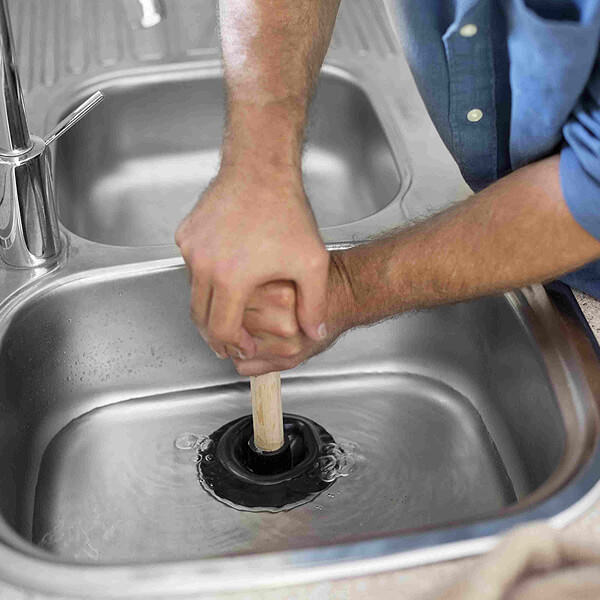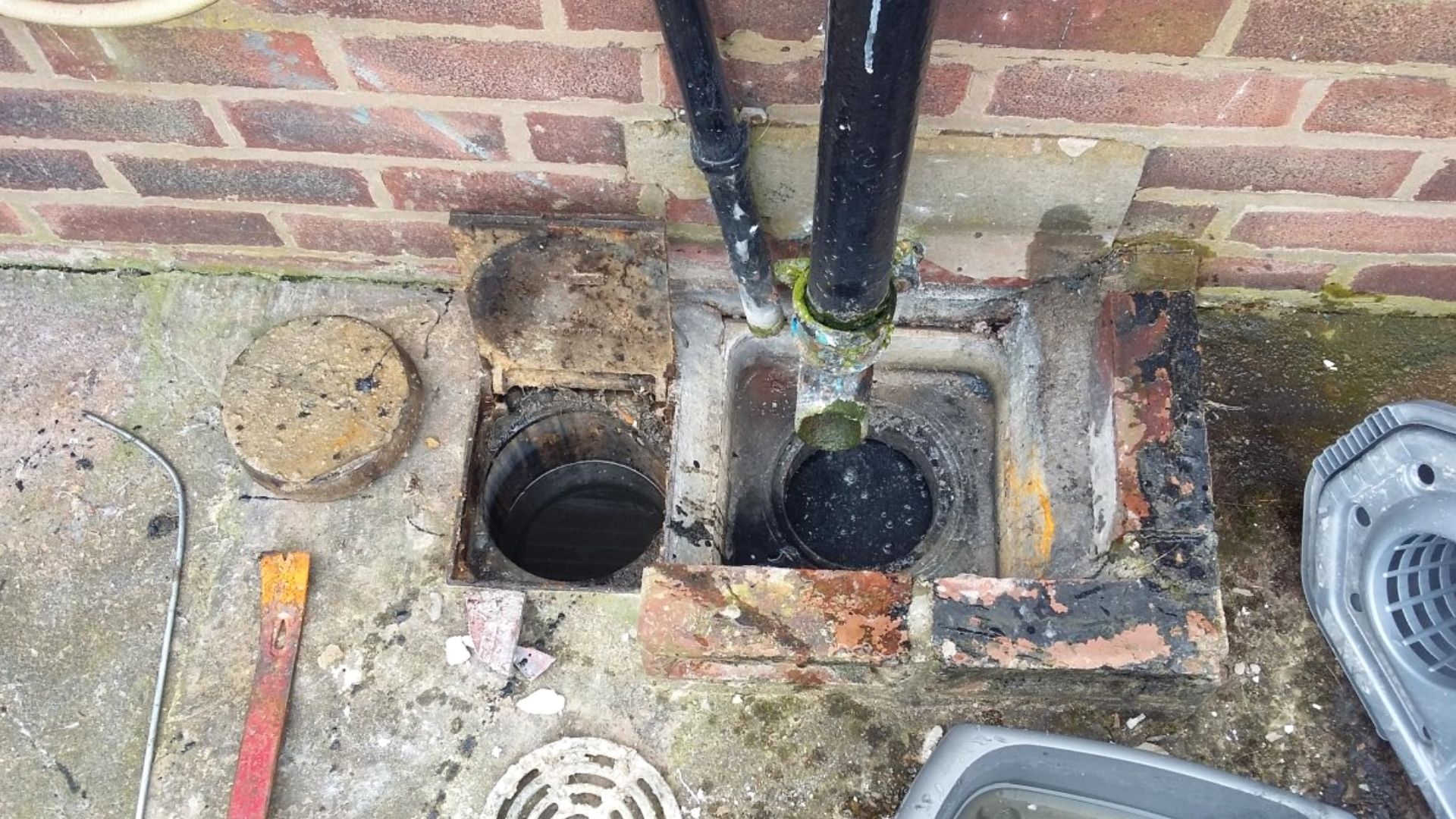What are your opinions with regards to How to handle a clogged drain in your home?

Introduction
Handling a blocked drainpipe can be an aggravating experience, disrupting day-to-day tasks and possibly creating damage to your building. Nevertheless, prior to reaching out to plumbing professionals, there are actions you can require to resolve the issue yourself. In this overview, we'll check out do it yourself solutions and safety nets to deal with a blocked drainpipe properly.
Identifying the Concern
The primary step in addressing an obstructed drain is recognizing the indicators. Slow drain, gurgling audios, foul odors emanating from drains, or water backing up prevail indications of an obstructed drain. Identifying these indicators early can assist stop additionally complications.
Common Reasons For Blocked Drains
Recognizing the variables that add to drain blockages is important for efficient resolution. Typical wrongdoers include hair, soap scum, oil, food particles, and international objects like sanitary items or paper towels. Tree roots getting into underground pipelines can likewise cause significant blockages.
DIY Solutions
For small clogs, numerous DIY remedies can be effective. Pouring boiling thin down the drain can assist dissolve oil and debris. Baking soda and vinegar or a mixture of salt and baking soda can act as all-natural cleansers. Making use of a plunger or pipes serpent to remove obstructions is one more alternative.
Tools and Tools
Having the right devices available can make DIY drainpipe cleaning much more effective. A bettor is a flexible device for getting rid of obstructions in sinks, toilets, and showers. A plumbing snake or auger can get to deeper blockages, while drain cleaning chemicals can be made use of meticulously for persistent blockages.
Safety nets
To avoid future obstructions, taking on safety nets is important. Install drain guards or filters to catch hair and particles prior to they go into the pipes. Regularly flush drains with hot water to liquify oil build-up, and avoid throwing away grease or strong waste away.
When to Call a Professional
While do it yourself solutions can resolve small clogs, certain signs show the requirement for specialist help. Relentless blockages, foul odors despite cleansing initiatives, or multiple drains backing up all at once are red flags that call for experienced intervention.
Selecting the Right Pipes Service
When picking a plumbing solution, think about factors such as experience, licensing, and consumer testimonials. Select a reputable plumbing professional with a track record of top quality handiwork and clear pricing practices.
Cost Factors to consider
The cost of specialist drain cleaning services can differ depending upon the severity of the obstruction and the plumbing's rates. Request quotes from several service providers and inquire about any type of additional charges to guarantee openness and stay clear of shocks.
Safety and security Precautions
When attempting do it yourself drain cleaning, prioritize safety. Use safety handwear covers and glasses to avoid contact with hazardous chemicals or microorganisms. Never mix different drainpipe cleansing products, as this can generate harmful fumes.
Instance Studies
Real-life examples illustrate the efficiency of DIY options and the significance of timely specialist treatment in resolving drainpipe blockages.
Conclusion
By complying with the tips outlined in this guide, you can successfully take on obstructed drains pipes and prevent future pipes concerns. Whether going with DIY services or seeking expert support, punctual action is crucial to maintaining a healthy and balanced pipes system and protecting the integrity of your home.
WHAT I LEARNED FROM TRYING TO DEAL WITH A CLOGGED DRAIN
We have had our share of seepages and other annoying things that are part of living, especially in an apartment complex. And if there’s one thing that’s terrifying for a homeowner—or even someone in a rented home—it is a clogged drain, indoors or outdoors.
We enjoy our living space, but it’s simply a fact of life that dead skin, soap and a host of other items go down the drain; eventually, the residue builds up and prevents anything from moving. Ugh.
Not Calling A Professional
Of course, it might seem simple to just whip the pipe off under the sink and see if you can unblock it. Unfortunately, what if the blockage isn’t there, or you don’t reconnect it properly? Worse, you might break a piece and have no drainage system. Can you imagine that scene? Yuck!
Not Watching Your Waste
This will sound d’uh, but the best tip I can give you for drain cleaning is to avoid clogging the drain in the first place! You can do this by monitoring what goes down the drain and catching the items which are most likely to give you a problem. Invariably hair, vegetable peels, and large wads of toilet paper are the most obvious culprits. Add a filter—these are available in hardware stores and can be removed and cleaned easily.
Poking The Drain
The first urge with a clogged drain is to poke at it with a stick or anything that resembles a stick. Sadly, this does not result in magically solving the issue. The mental image is, naturally, one of the stick just pushing through the offending item and all is well again. Reality is quite different and unpleasant and likely to lead to further problems.
The thing is, every drain has a series of bends that are not visible to us. Drains are built this way to prevent gases from entering the house. What happens when you poke a stick into the drain? Of course, it can’t bend around the corner. The more adventurous people will use force and end up wedging the stick or causing it to break off in the pipe—creating an even bigger issue. Worst thing? The stick will shift the block further down the pipe, creating the space for more to collect. Go ahead! Roll your eyes!
Using The Wrong Plunger
You know what they say: the right tool for the right job! Did you know there are different types of plungers besides the basic one we keep at home for an emergency? Yes, there are. For example, the toilet plunger has a bell-shaped bottom while the sink plunger is flat. This is an important difference and using the wrong plunger will be useless. There’s also a knack in using plungers—they must be placed in such a way that they create an airtight seal and then, moved slowly up and down—not as fast as we imagine.
https://vidyasury.com/2018/01/learned-trying-deal-clogged-drain.html

I'm certainly very involved in How to handle a clogged drain in your home and I hope you appreciated the new article. Sharing is good. You never know, you might be doing someone a favor. Thanks a lot for your time invested reading it.
Get A Free Estimate